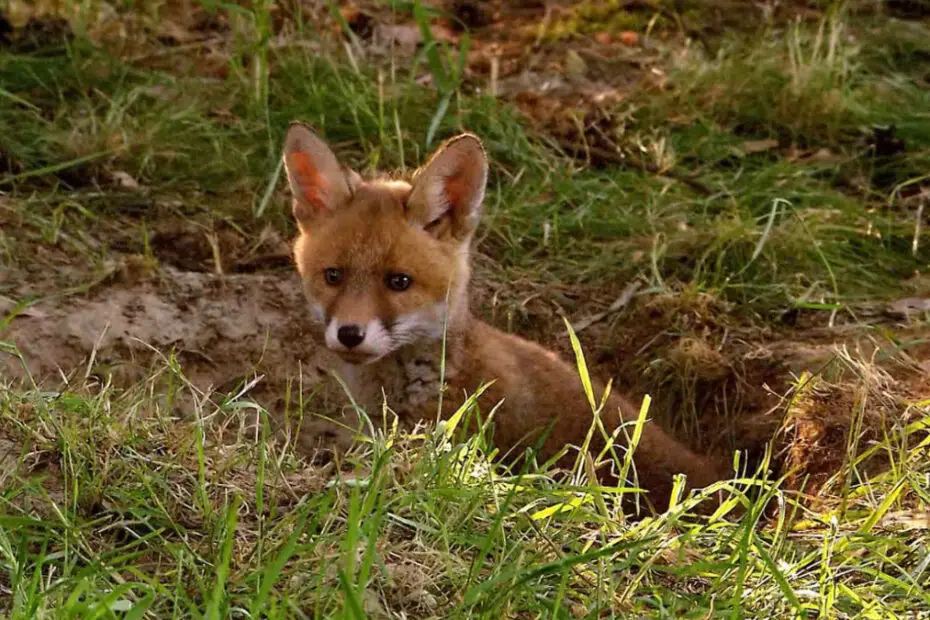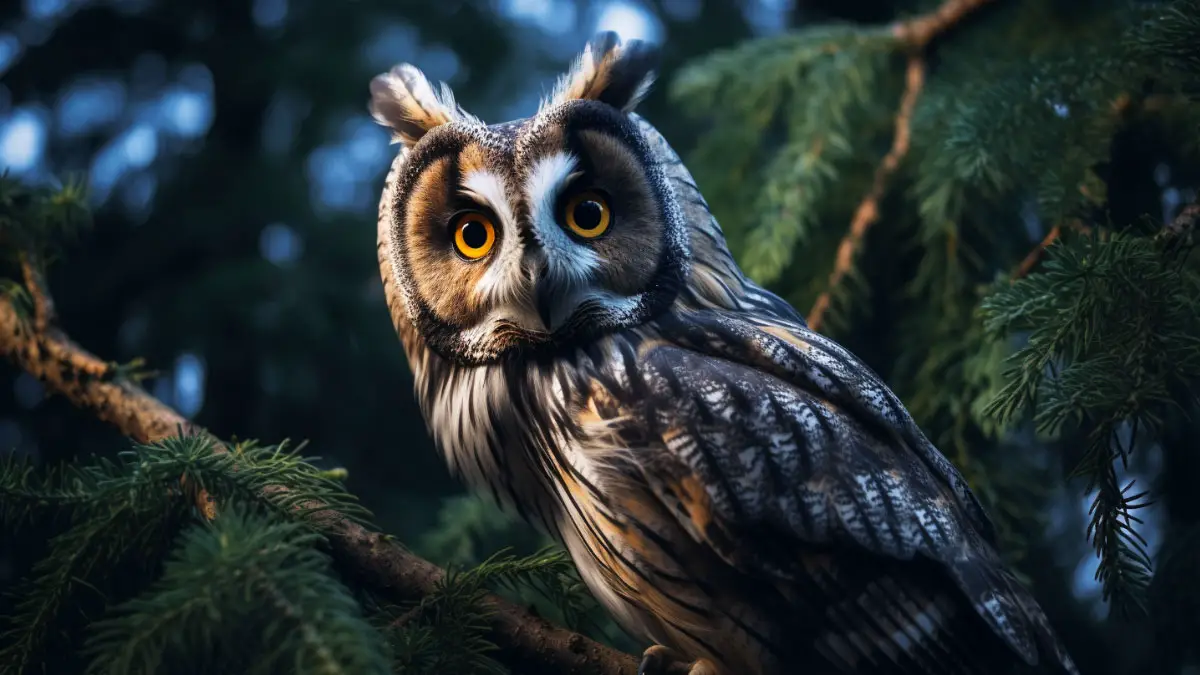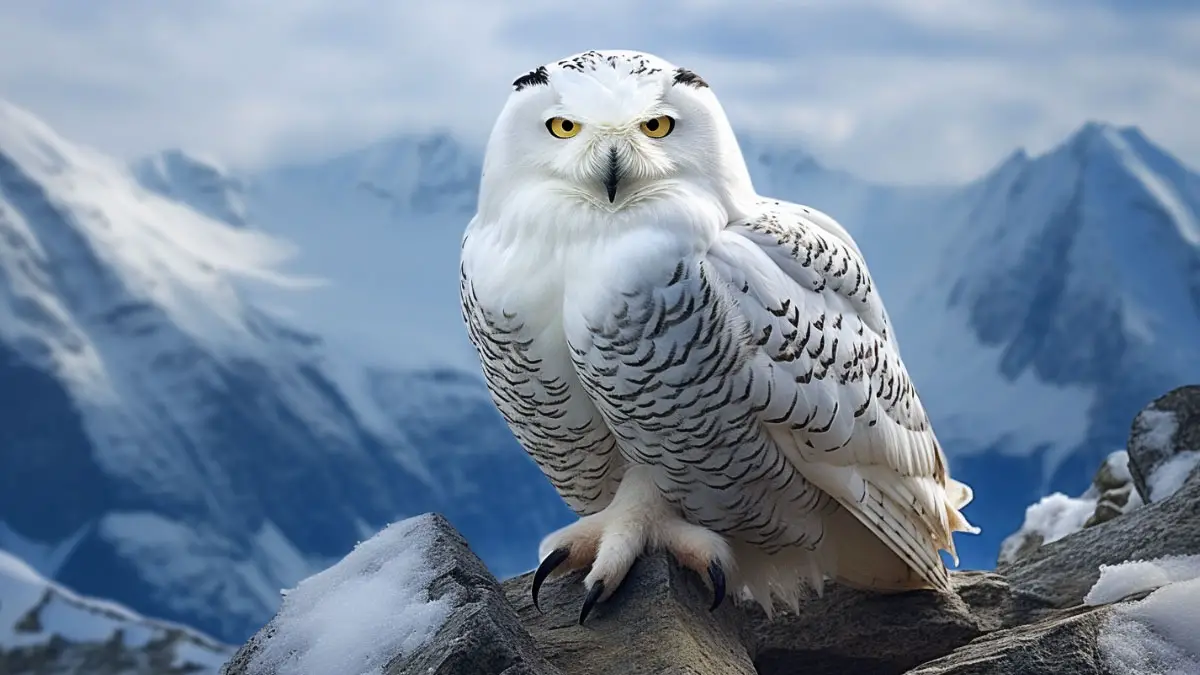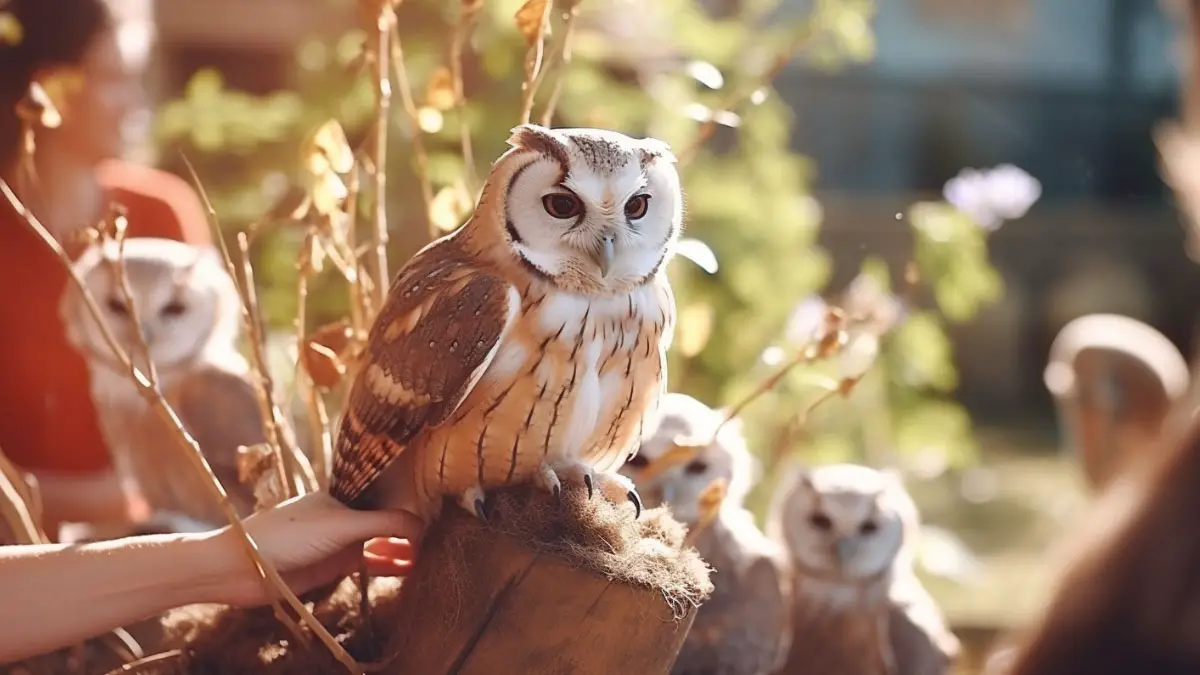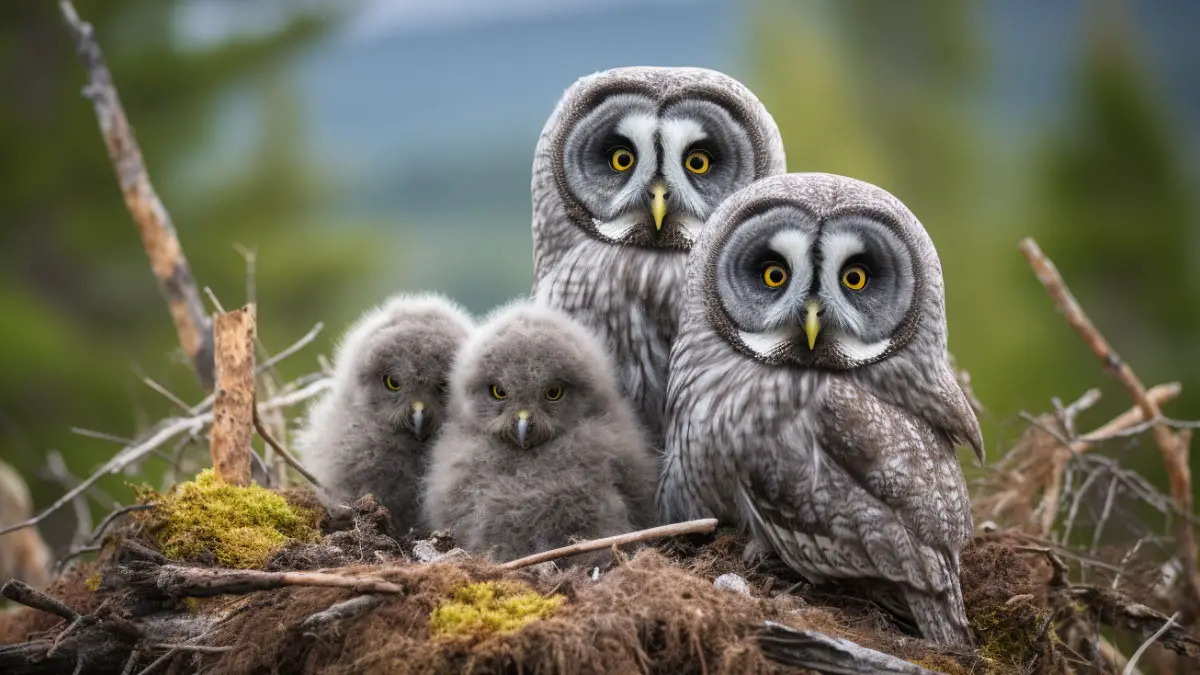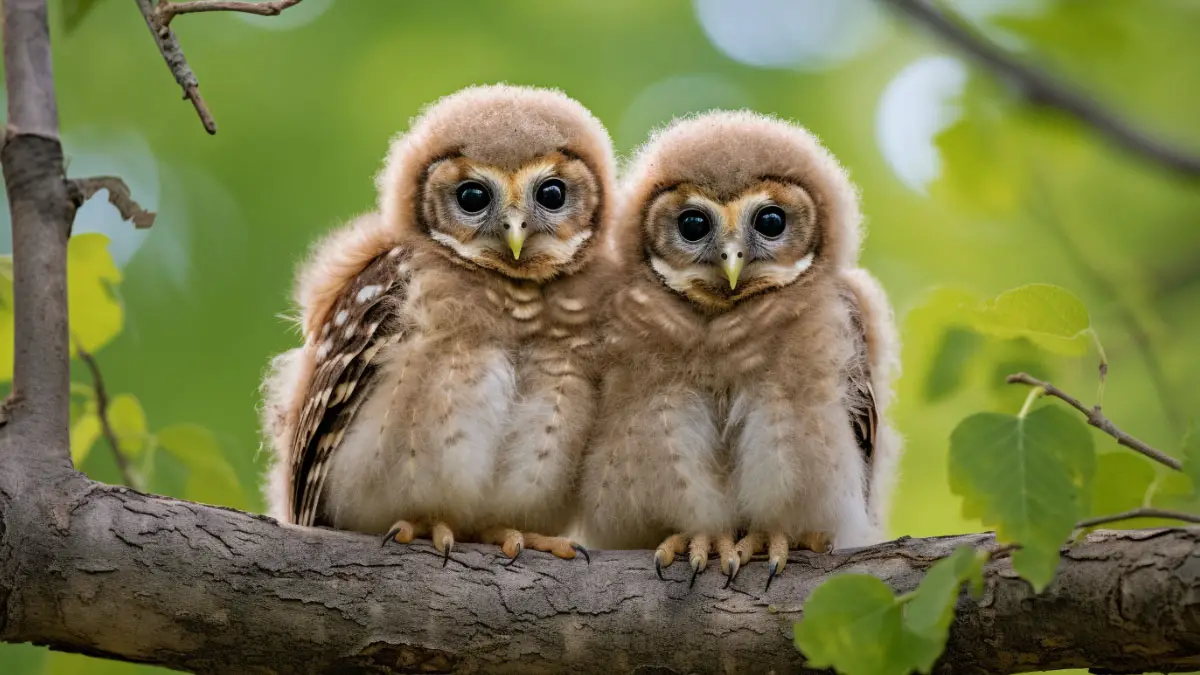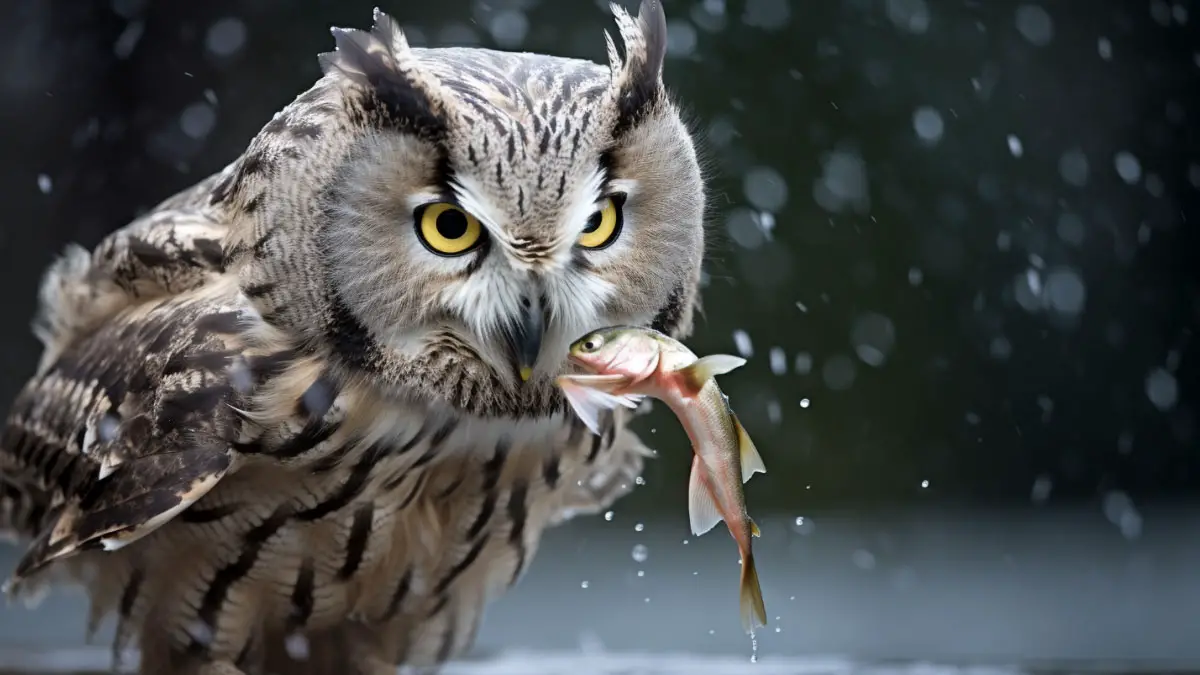Have you noticed that you no longer hear foxes howling at night as frequently as a decade ago? Yes, the Fox population is slowly decreasing in many areas of the world.
So, are foxes in danger? Do predatory birds like owls eat foxes? Simply put, many species of foxes are indeed under threat. Owls can and do hunt down foxes sometimes, but it is rare. Great Horned Owls have been known to occasionally prey on smaller fox species or juveniles when food sources are scarce. But cases like this are indeed very rare.
Now, you might be thinking about how it is possible for a bird to hunt a large animal such as a fox. Well, let’s dive deeper into this topic to understand the scenario.
Do Owls Eat Foxes?
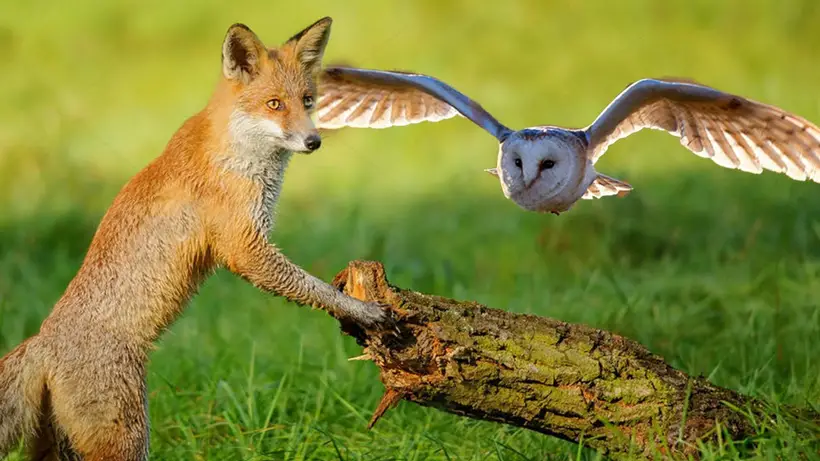
In predator and prey relationships, the food choices of animals are highly context-dependent.
- Depending on the situation, large species of owls can and do eat foxes when food is scarce. But, it’s a highly rare phenomenon.
- Generally, owls prefer smaller animals, such as mice, rats, squirrels, small birds, and insects. This is primarily due to the size and strength of owls themselves. They simply don’t want to go for bigger and more challenging prey.
- Even the largest owl species, such as the Eurasian Eagle Owl or the Great Horned Owl, usually prefer prey that are considerably smaller than themselves. But they are capable of killing and consuming animals larger than what is typically expected of an owl.
- So, these owls will definitely eat foxes if they don’t find any other easier prey. Therefore, it is true that owls sometimes do eat foxes.
- An owl is more likely to target juvenile foxes (kits) rather than full-grown adults. It’s due to the size and vulnerability of the young.
Are Foxes in Danger Because of Owls?
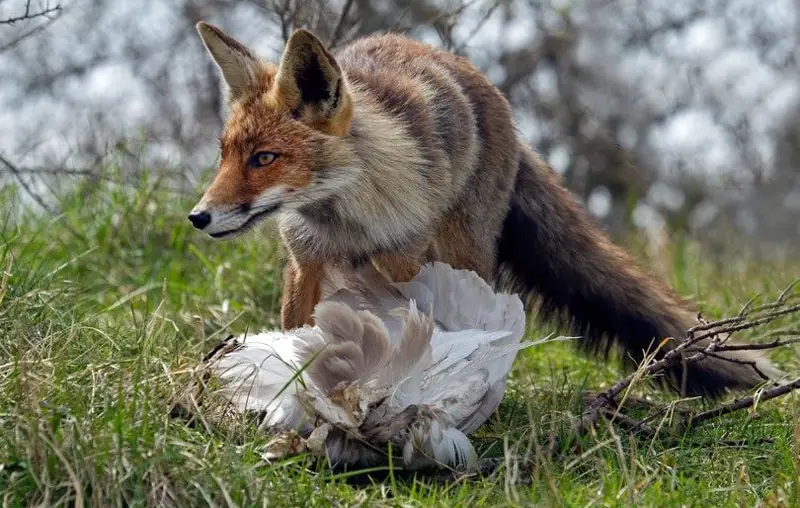
Although there are some predator-prey interactions between owls and foxes, owls do not pose a significant direct threat to fox populations. The real dangers for foxes are habitat loss, climate change, and, in some cases, human hunting. To understand why that is, let’s consider the diets of both animals.
- Owls, most of the time, feed on small animals, including rodents, insects, and small birds. Some larger owl species do like to prey on larger animals such as rabbits, hares, and even skunks.
- However, instances of an owl successfully preying on a healthy adult fox are extremely rare.
- Moreover, foxes are nocturnal and primarily crepuscular (active during dawn and dusk). But owls are predominantly nocturnal. So, direct interactions between these species are quite limited and extremely unlikely.
Furthermore, the International Union for Conservation of Nature (IUCN) reports that foxes are facing a population threat. But, it does not list predation by owls as a significant risk factor for any fox species.
So, owls are not a significant direct threat to adult fox populations.
Are Foxes in Danger In General?
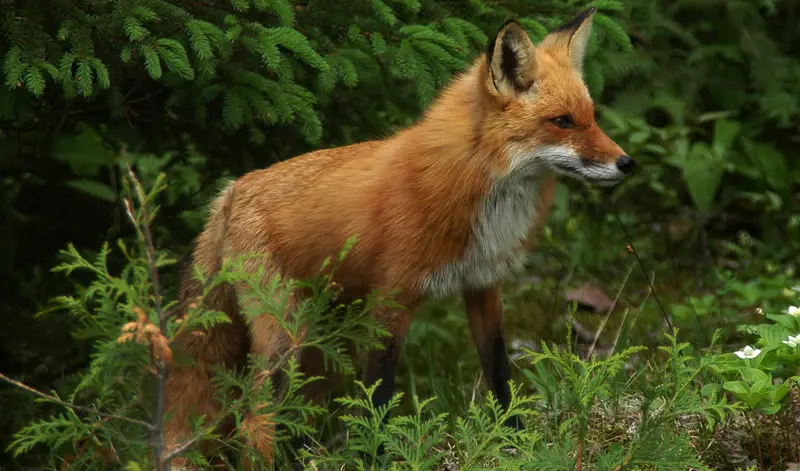
In essence, some fox species are managing to hold their own in the face of modern threats. But others are indeed in danger and need conservation efforts to prevent extinction. Let’s explain why that is:
- “Fox” refers to a diverse collection of roughly 37 species spanning various habitats around the globe. Among all these species, many wildlife species of foxes are threatened by habitat loss.
- It’s due to human development and agriculture. Expanding cities, roads, and farms are fragmenting and reducing the areas where these animals can live.
- Pollution is another concern. Chemicals used in agriculture and industry contaminate the water and food sources that foxes rely on.
- Wild foxes also face pressures from hunting and trapping, often for their fur or to control their populations in areas where they’re seen as pests.
Now, there are indeed some foxes who have adapted well to humans and are not in danger. The Red Fox population is stable, and it is not considered to be in danger of extinction at this time, as per the IUCN Red Fox Specialist Group.
Which species of foxes are critically endangered?
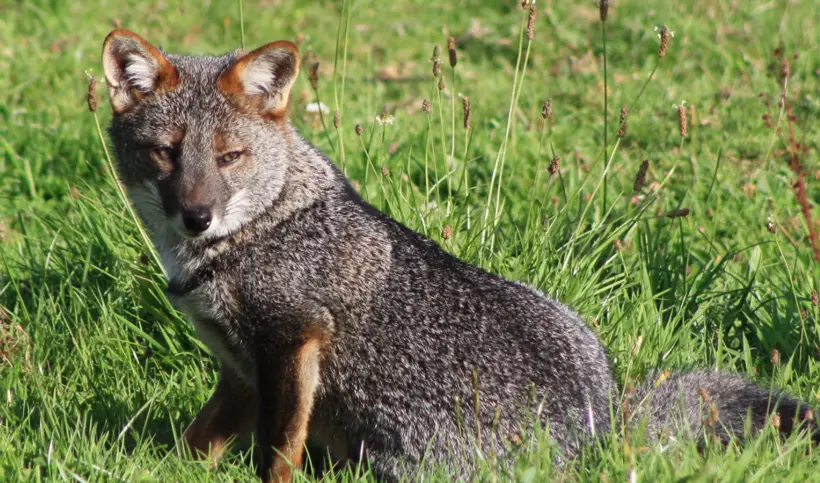
- Darwin’s Fox, a critically endangered species found only in Chile, has an estimated population of fewer than 1,000 mature individuals. Deforestation, domestic dog attacks, and the fragmentation of their habitats pose substantial threats to this species.
- The Island Fox population in North America dropped drastically toward the end of the twentieth century. It is due to predation from Golden Eagles and a canine distemper outbreak, likely transmitted from domestic dogs.
- Yet another example, the Arctic Fox, is facing climate change threats. As the Arctic warms, Red Foxes are moving north into the Arctic Fox‘s territory, causing competition. The changing climate is also affecting the availability and distribution of their primary food sources, lemmings.
Are Baby Foxes in Danger? Do Owls Eat Baby Foxes?
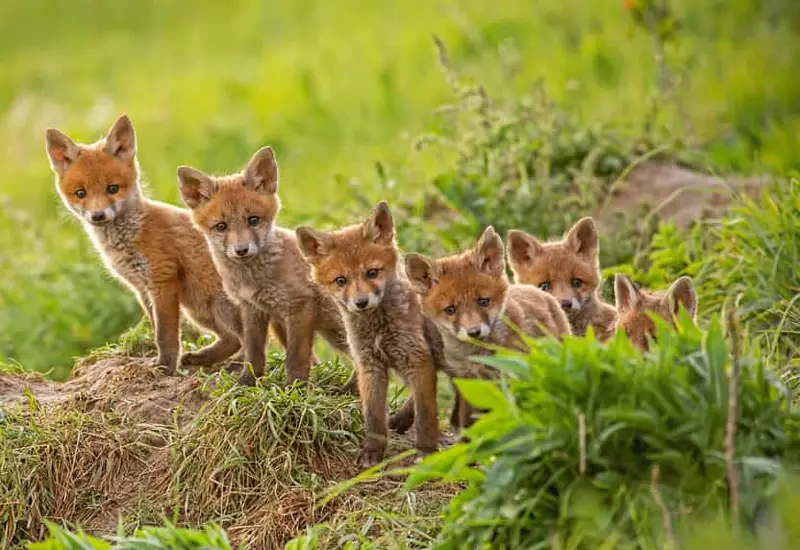
Yes. Fox kits are in danger from a variety of threats, like all young wildlife animals. But, predation by owls is not among the most significant of these.
- Fox kits are smaller and weaker than adult foxes. It makes them more vulnerable to a wider range of threats.
- Additionally, their lack of life experience and underdeveloped survival skills expose them to more risks than adults.
- Therefore, predation of fox kits happens by larger mammals like coyotes, bobcats, wolves, etc., and large birds of prey like eagles and, yes, owls.
- Considering owls, as mentioned in previous sections, larger species like the Great Horned Owl and the Eurasian Eagle Owl are theoretically capable of preying on fox kits.
- However, this is largely contingent on geographic overlap, availability of other food sources, and vulnerability of the kits.
- The predation of fox kits by owls is a possibility only when the kits are out of the den and left unattended by their parents. Owls will most likely pose a threat during the night when baby foxes might be out foraging for food.
Can Foxes and Owls Live in the Same Territory?
Yes. Foxes and owls can and do coexist in the same territories. However, coexistence doesn’t mean a significant interaction or impact on each other’s populations. It’s because their diets and lifestyles differ significantly.
Foxes and owls are both found worldwide and encompass multiple species, each with its specific habitat preferences.
For example, the Red Fox, the most widespread fox species, is highly adaptable. It can inhabit various environments, such as forests, grasslands, deserts, and even urban areas.
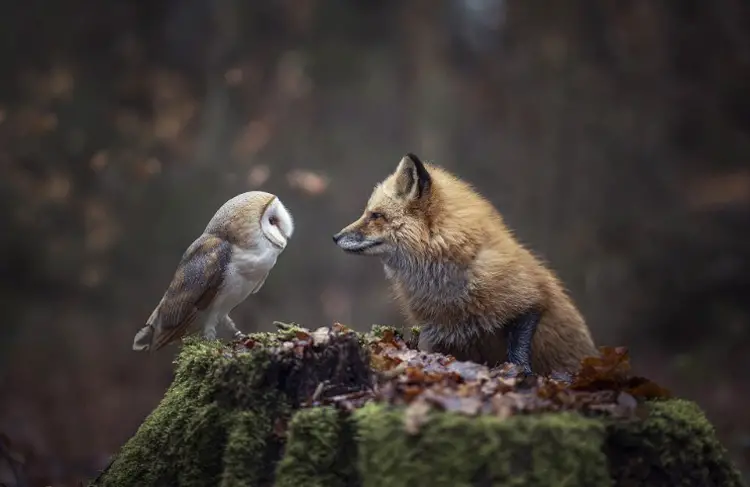
Similarly, the Great Horned Owl is a common owl species in North America. It is a habitat generalist and can be found in environments ranging from dense forests to suburban neighborhoods.
Such adaptability and wide distribution of these species increase the likelihood of foxes and owls occupying the same geographical areas.
However, they are neither direct competitors nor natural enemies. There are even reports of foxes and owls seemingly ignoring each other when encountered. They likely have a general tolerance of each other’s presence in shared habitats.
FAQs
Now, let’s explore a few common queries related to this topic:
No, owls do not regularly prey on foxes. In fact, it is safe to say that owls do not prey on foxes (especially adult ones) at all.
Foxes employ various strategies to avoid predators. Their acute senses of hearing and smell alert them to the presence of potential threats. They are also skilled at using their surroundings for cover. They always stick close to undergrowth or other places where they can hide.
Owls and foxes share many of the same habitats and they sometimes prey on the same species. But they do not have a symbiotic relationship. In most situations, foxes and owls mostly have a neutral relationship, neither significantly benefiting nor harming each other.
Young foxes, or kits, and smaller fox species like the Fennec Fox are more susceptible to owl predation due to their size. Other factors that can increase susceptibility are habitat overlap with large owl species and the availability of smaller prey for the owls.
Final Verdict
The relationship between owls and foxes entails the below key info:
- Foxes are facing considerable threats to their population, but it’s not because of owls. Habitat destruction, hunting, disease, and climate change are to blame for that.
- Owls do prey on smaller fox species or juveniles. However, these birds are not a significant threat to overall fox populations.
- Foxes and owls share habitats and their relationship is mostly neutral. They do not significantly impact each other’s populations.
So, that’s all there’s to it, people. Thank you so very much for dropping in today.
